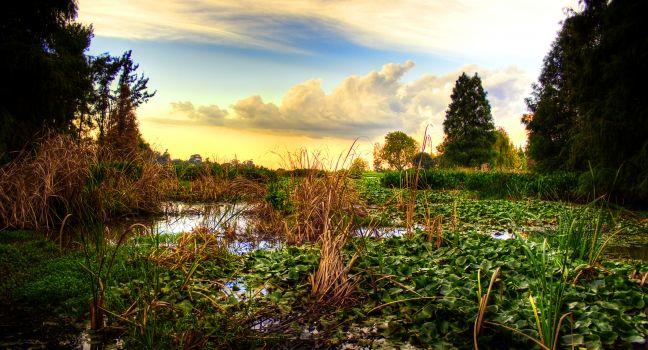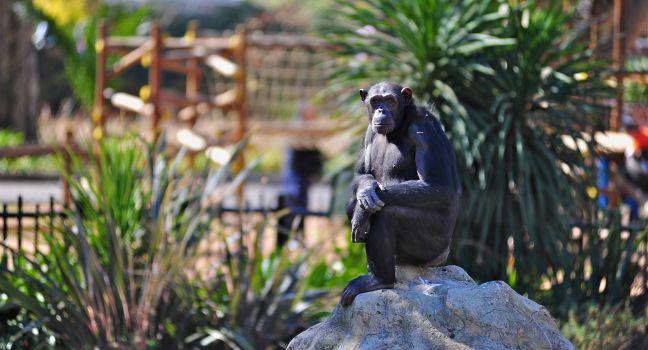Harties Aerial Cableway
It will take you six minutes to get to the top of the longest mono-cableway in Africa to savor panoramic views of the Magaliesberg Mountains and Hartbeespoort Dam from an altitude of 1985 meters (6512 feet), and 345 meters (1132 feet) above the base station. At the top, a short circular pathway (less than a mile in length) takes in indigenous flora, while signposts point out geological features of interest. There’s a restaurant at the bottom station, as well as three restaurants at the top which sell pizzas, pastas, sandwiches, and burgers. Treat yourself to a late afternoon cocktail on the wooden deck at the mountaintop bar, while keeping an eye out for the resident Black Cape Vultures. After buying mementoes and branded items at the curio shop, you can also paraglide from the top with a qualified tandem flight instructor.





